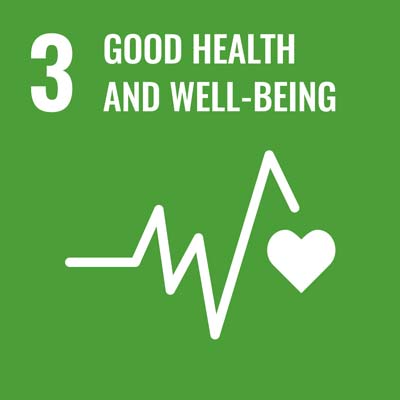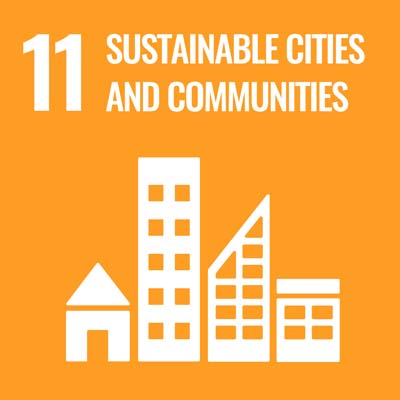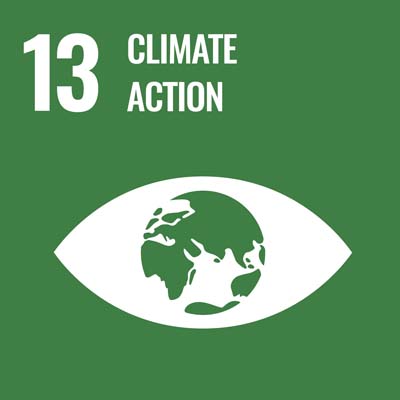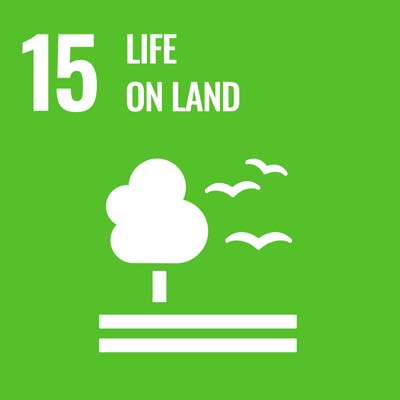Sensing Soil's overall aim was to increase and deepen public engagement with climate change through participatory artistic, climate science and gardening practices in a designated outdoor garden space (Lewisham Way Garden) within the Goldsmiths University campus. Throughout the project the garden developed into an accessible site for scientific knowledge and provided a platform for new conversations and learnings around art, climate science and ecology.
- DatesOctober 2021 to August 2022
- SponsorNERC
- PartnersDr Ros Gray, Goldsmiths University of London (PI); Harun Morrison; Lewisham Refugee and Migrant Network
- Sensing Soil delivered a number of workshops with a group of refugees and migrants exploring different methods for sensing soil and understanding its capacities to support life and capture carbon through sight, touch, smell and listening.
- We co-designed the Lewisham Way Garden with the workshop participants planting and building a herb spiral, and mapping of our visions for the garden to inform the future developments of the site.
- A public open day attended by 60 people presented a day-long programme of activities, led by artists and scientists, and included sessions from environmental and community activist Graham Burnett and BlakOutside festival co-founder Carole Wright.
Progress update
Participants developed a sense of belonging towards the garden and highly valued it as a safe space to feel welcomed, learn and practice gardening. It became a site for experimentation and learning for everyone involved.
‘When I came in contact with you to do the garden, I said “I want to make sure I learn”, I want to know more about it. It really gives me joy when I plant a little seed, come back after a week and it germinates and turns into something else. It’s magic! What we did today was beautiful!’
‘I observe that British soil appears darker in colours than most soil samples from the tropics/Africa. It is also sticky.’
‘I found it extraordinary to see microorganisms in the soil, multicolour worms and the colour palette of the soil.’



